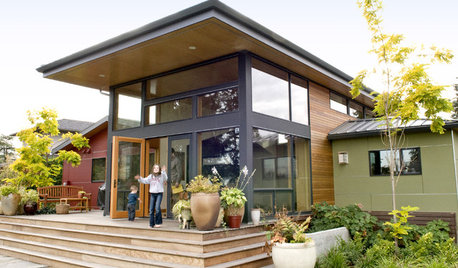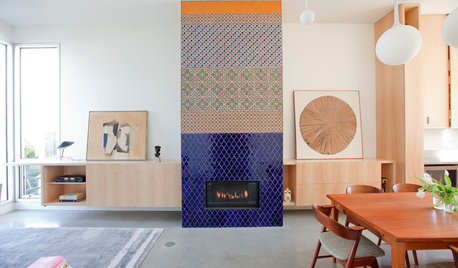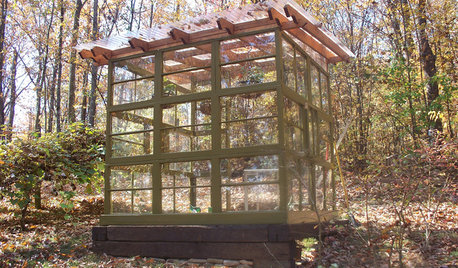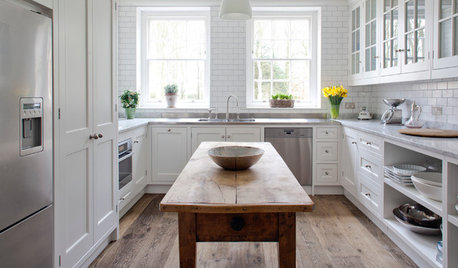adding value alongside saw timber crop trees
cousinfloyd
10 years ago
Related Stories

EDIBLE GARDENSSummer Crops: How to Grow Tomatoes
Plant tomato seedlings in spring for one of the best tastes of summer, fresh from your backyard
Full Story
SELLING YOUR HOUSE10 Ways to Boost Your Home's Resale Value
Figure out which renovations will pay off, and you'll have more money in your pocket when that 'Sold' sign is hung
Full Story
MOST POPULARWhat to Know About Adding a Deck
Want to increase your living space outside? Learn the requirements, costs and other considerations for building a deck
Full Story
HOUZZ TOURSHouzz Tour: Innovative Home Reunites Generations Under One Roof
Parents build a bright and sunny modern house where they can age in place alongside their 3 grown children and significant others
Full Story
MOST POPULARHow to Start a Cool-Season Vegetable Garden
Late summer and late winter are good times to plan and plant cool-season crops like salad greens, spinach, beets, carrots and peas
Full Story
EARTH DAYHow to Design a Garden for Native Bees
Create a garden that not only looks beautiful but also nurtures native bees — and helps other wildlife in the process
Full Story
GARDENING GUIDESVegetables and Flowers Mix in Beautiful Edible Gardens
Ornamentals, meet your edible garden mates. We know you'll get along just beautifully
Full Story
GARDENING AND LANDSCAPINGSee a Family Greenhouse Grown From Scraps
Can-do resourcefulness and less than $400 lead to a new 8- by 8-foot home for plants on a Tennessee family's property
Full Story
EARTH DAYThe Case for Losing the Traditional Lawn
Work less, help the environment and foster connections by just saying no to typical turf
Full Story
DECORATING GUIDESBring in Warmth and Character With Reclaimed Wood
Got a hankering for that natural touch? Go rough or refined with these ideas for using salvaged wood indoors and out
Full Story








brandon7 TN_zone7
cousinfloydOriginal Author
Related Professionals
Piqua Landscape Architects & Landscape Designers · San Juan Landscape Architects & Landscape Designers · East Hanover Landscape Contractors · Hicksville Landscape Contractors · Holtsville Landscape Contractors · Markham Landscape Contractors · Oxon Hill Landscape Contractors · Bellevue Decks, Patios & Outdoor Enclosures · Boise Decks, Patios & Outdoor Enclosures · Canton Decks, Patios & Outdoor Enclosures · Commerce City Decks, Patios & Outdoor Enclosures · Dayton Decks, Patios & Outdoor Enclosures · Philadelphia Decks, Patios & Outdoor Enclosures · Roanoke Decks, Patios & Outdoor Enclosures · Chesapeake Ranch Estates Stone, Pavers & Concretebrandon7 TN_zone7
brandon7 TN_zone7
blakrab Centex
brandon7 TN_zone7
jeff_al
jeff_al
canadianplant
wisconsitom